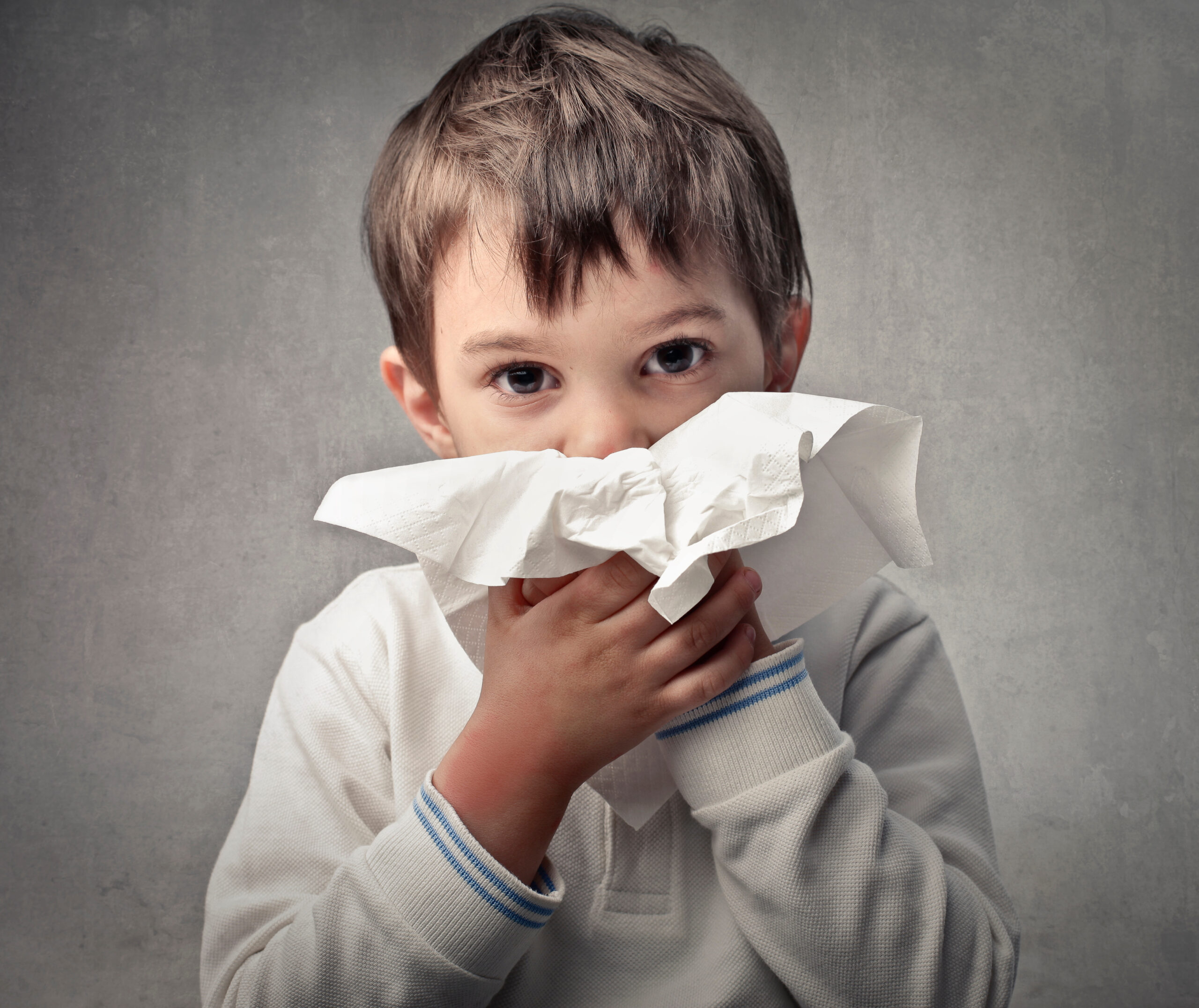Allergic rhinitis and important tips for their prevention
Allergic rhinitis is one of the most prevalent cases in the year’s seasons, due to the spread of pollen in the air, with some settling in the nasal passages and throat causing allergic inflammation of various kinds.
What are the types of allergic rhinitis?
It is divided into two types depending on the date and duration of the infection, where:
Chronic nose allergy: There is no specific time to develop this type during the year, as it affects people as a result of exposure to dust or other irritants such as animal needles.
Seasonal nose allergies: Their incidence abounds during specific times of the year, beginning with spring season, summer, and autumn, so they are known as seasonality.
What is spring allergy?
Spring allergies are one type of seasonal allergy and their causes are due to the spread of pollen in this chapter each year, as they are accompanied by symptoms of nasal allergies such as coughing but more severely, due to the immune system stimulating pollen resistance as toxic bodies.
What is the difference between nose and chest sensitivity?
Attention must be paid to a difference between the sensitivity of the nose and the chest, as evidenced by the different symptoms of each, in order to receive the appropriate treatment plan for each case as diagnosed:
Symptoms of nasal allergy (Hay fever):
Nose allergies are accompanied by several symptoms, the most famous of which are:
- Leakage (runny nose).
- Sneezing.
- Itching and nasal congestion.
- Conjunctivitis.
- headache.
- Black halos under the eye.
Chest allergy:
Chest allergies are a strong reaction to the immune system, causing inflammation and swelling of the airways and difficulty passing through the air, when exposed to allergens such as viral infections. The symptoms of chest allergies vary from:
- Shortness of breath.
- Chest pain.
- Cough intensifies at night.
- Whistling in the chest.
Tips to prevent allergic rhinitis:
Doctors are advised to follow some precautions that reduce exposure to nasal allergies, the most important of which are:
- Avoid exposure to allergens such as dust, and the needle of animals such as cats and dogs.
- Avoid being outside the home during wind activity that may be loaded with pollen.
- Keep a dry atmosphere inside the house, using air purifiers and reduce moisture.
- Use vacuum cleaner to get rid of household dust instead of other methods.
- Wear a nose mask if necessary to deal with dust or get out of the house at the time of wind activity.
- Take some medication for the treatment of allergic symptoms if symptoms are expected to appear at the beginning of the season.
Are allergies dangerous to life?
Neglect to receive appropriate treatment for allergens of all kinds or frequent exposure to allergens is a risk indicator, resulting in exposure to so-called allergic trauma.
What is Anaphylaxis?
Allergen trauma results from a strong and rapid reaction of the immune system to an allergen. The body secrets allergens at a higher rate than normal that is dangerous to human life, accompanied by the following symptoms:
- Redness and severe rash.
- Shortness of breath.
- coughing.
- Weakness and increase in heart rhythm.
- Sudden decrease in blood pressure.
- Feeling dizzy.
- Nausea and vomiting.
- Swelling of skin, throat and tongue.
Summary
Many are exposed to nasal allergies during different classes, so attention must be paid to diagnosing a doctor who helps determine the type of allergy and how to deal with it and prevent exposure to its risks such as allergic trauma that may lead to human life.


